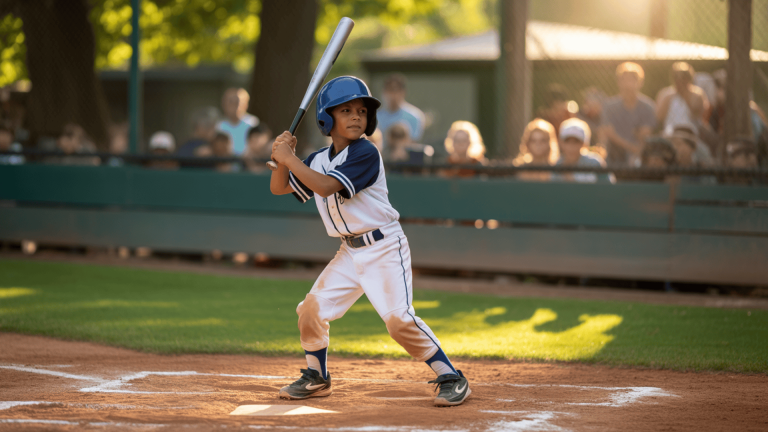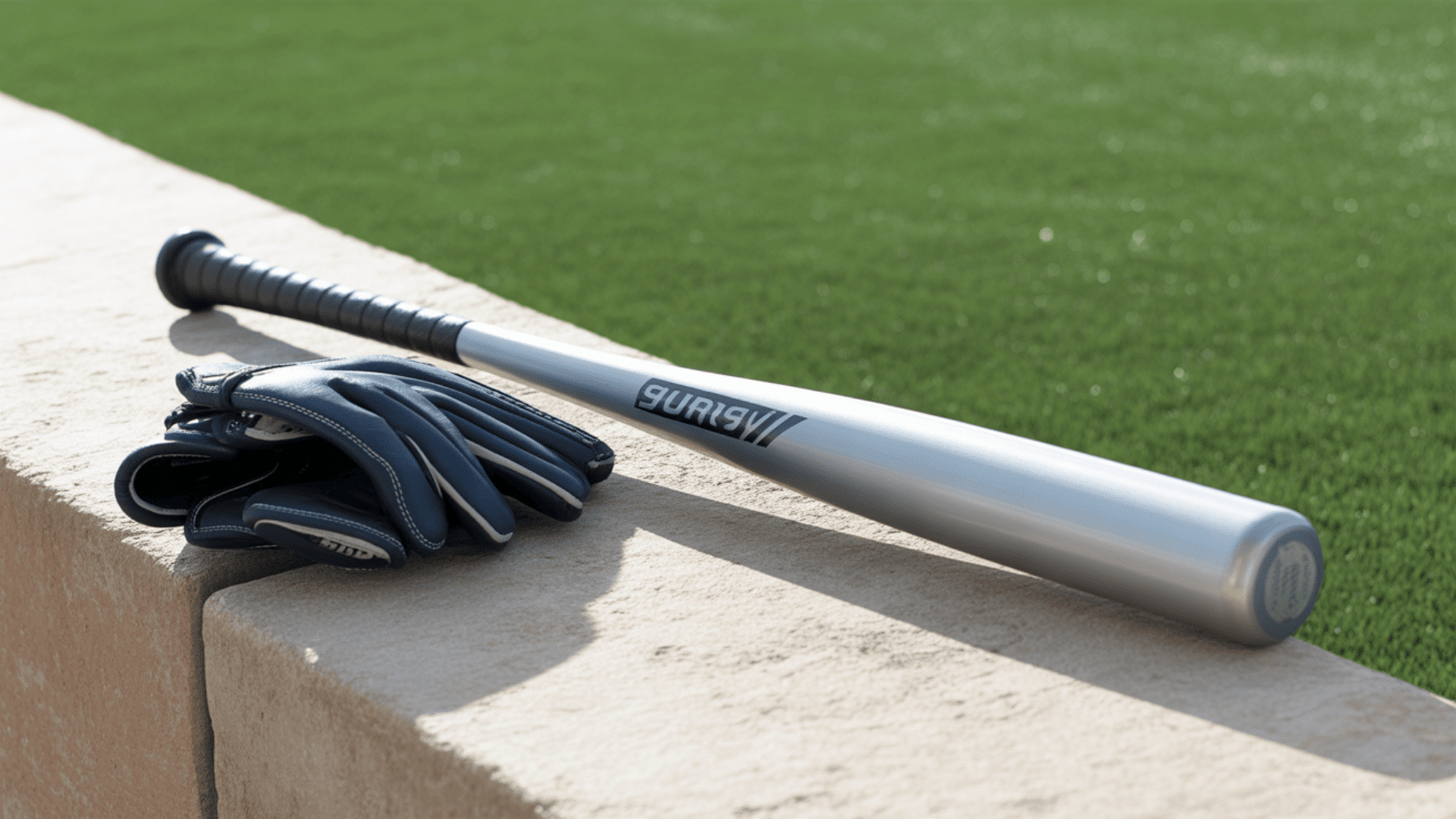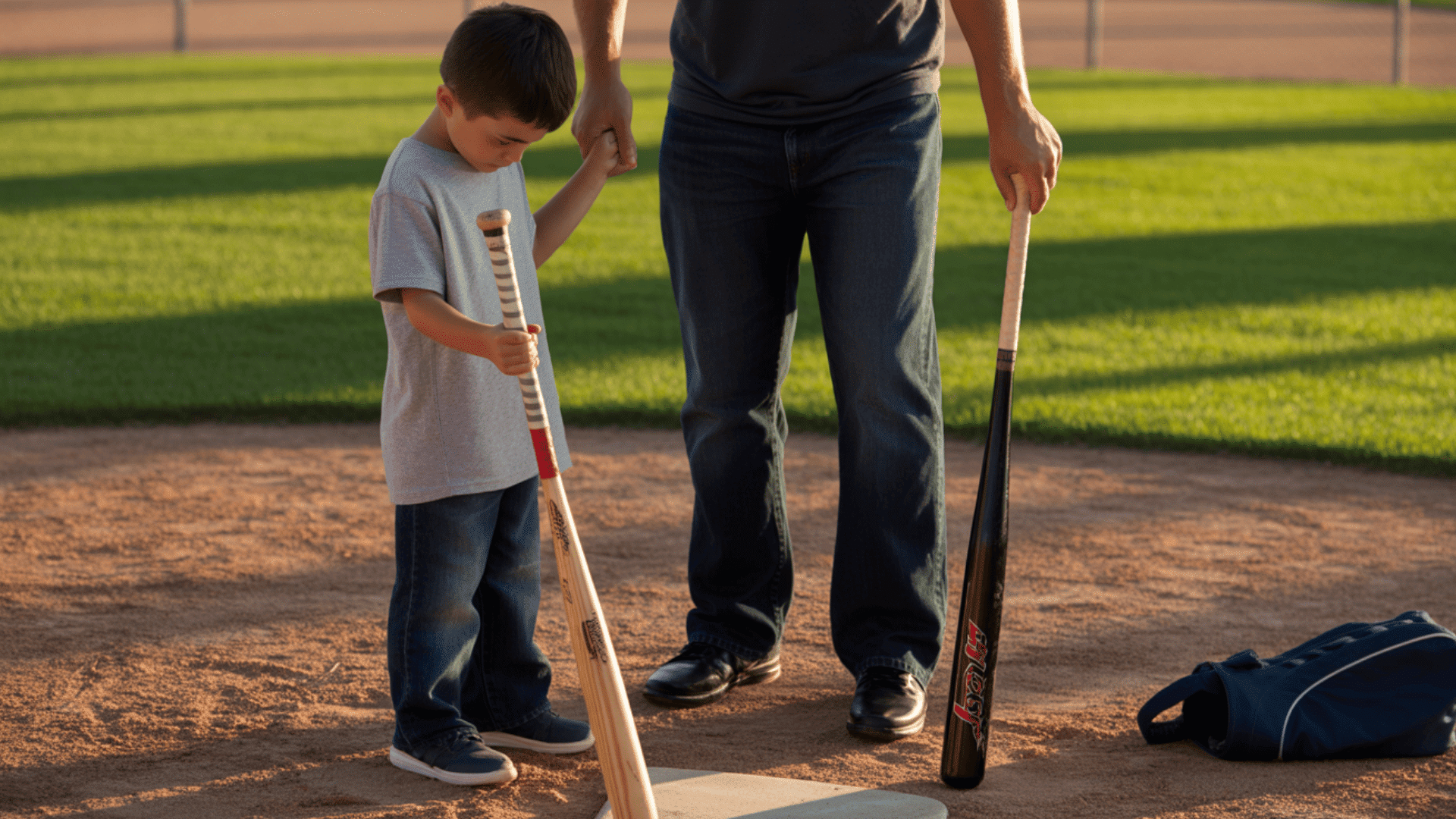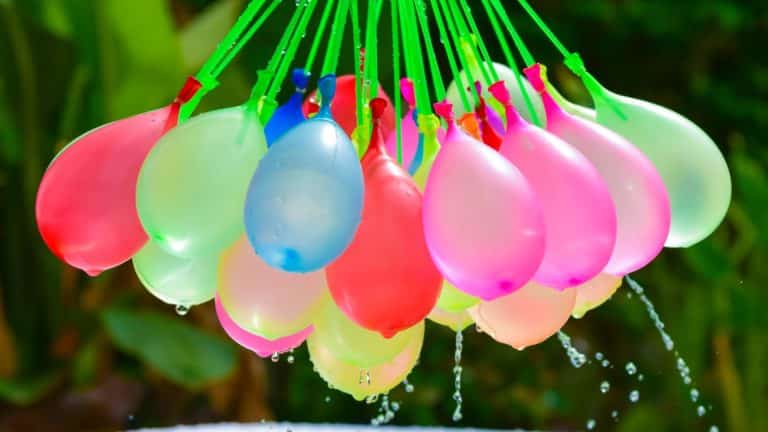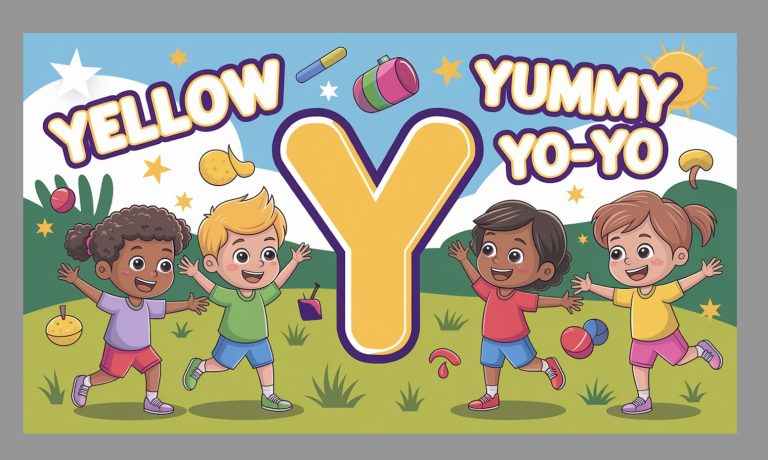Wondering what size bat is best for your 8-year-old? The answer isn’t one-size-fits-all, and picking the wrong bat can seriously impact how your child performs and feels at the plate.
If the bat is too heavy, they’ll swing late and struggle to make good contact. Too light? Their hits won’t have the power to go far, even with perfect timing.
Choosing the right youth bat means more than just looking at age; it also depends on your child’s height, weight, and skill level.
This guide breaks down everything you need to know to make a confident decision: from sizing charts and drop weight to fit tests, materials, and price ranges.
If you’re a first-time buyer or upgrading for the new season, we’ve got you covered.
Why Bat Size Matters for 8-Year-Old Baseball Players
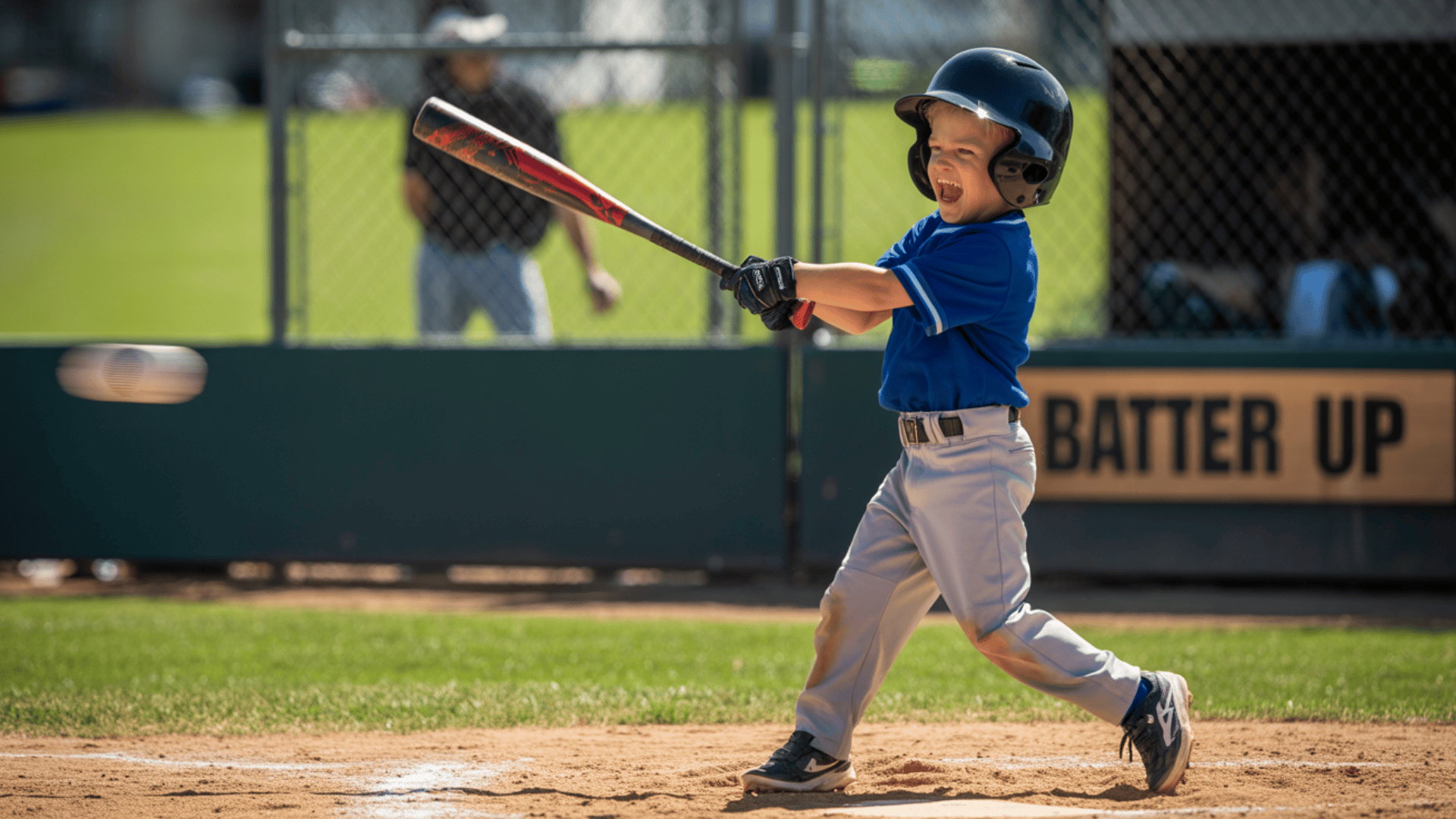
The wrong bat size can make or break your 8-year-old’s baseball experience. When a bat is too heavy, young players struggle to swing fast enough to catch up to pitches.
They develop bad habits, such as dropping their hands or stepping out of the batter’s box too early. Heavy bats also cause late swings, resulting in weak contact and frustrated players.
On the flip side, a bat that’s too light doesn’t provide enough power behind hits. While kids can swing it easily, the ball won’t travel far even with solid contact. This can be just as discouraging for young players who want to see results from their efforts.
The right bat size helps children swing with confidence and control. They can get the bat through the hitting zone quickly, make solid contact, and see the ball travel well.
This builds confidence at the plate and keeps kids excited about playing baseball. Proper equipment sets the foundation for developing good hitting mechanics.
Understanding Bat Length, Weight, and Drop for Kids
Youth bats have two main numbers you need to know. Length is measured in inches from the knob to the end of the barrel. Most 8-year-olds use bats between 26 and 28 inches long.
Weight is displayed as a “drop number,” such as -10 or -12. This tells you how much lighter the bat is than its length. A 27-inch bat with a -10 drop weighs 17 ounces.
Drop Weight Rule: Younger players need higher drop numbers (like -12) because these bats are lighter and easier to swing.
Best Bat Sizes for 8-Year-Olds
| Player Height | Recommended Bat Length | Drop Weight | Actual Weight |
|---|---|---|---|
| 3’9″ to 4’2″ | 26-27 inches | -10 to -12 | 14-17 oz |
| 4’3″ to 4’6″ | 27-28 inches | -10 to -12 | 15-18 oz |
| 4’7″ and taller | 28-29 inches | -10 | 18-19 oz |
Weight Guidelines: Most 8-year-olds handle 16-18 ounce bats comfortably. Lighter players should start with 16 ounces, while stronger kids can use 18 ounces.
How to Test If a Baseball Bat Fits Your 8-Year-Old
Before buying any bat, use these simple tests to ensure proper fit for your 8-year-old:
The Arm Test – Have your child hold the bat straight out to their side at shoulder height. If they can hold it steady for 30 seconds without their arm shaking or dropping, the weight is appropriate. If they struggle after 15 seconds, the bat is too heavy.
The Swing Test – Watch them take 10 practice swings. The bat should move smoothly through the hitting zone without pulling them off balance. Look for a controlled, fluid motion. If they’re fighting the bat or their swing looks choppy, try a lighter option.
The Grip Test – Check that they can wrap their fingers completely around the handle. Their knuckles should line up properly when gripping. The bat shouldn’t feel too thick or too thin in their hands.
The Control Test – Have them hold the bat at the knob and touch their nose with the barrel end. This tests their control and comfort level.
Key Features to Look for in a Youth Baseball Bat
When shopping for your 8-year-old’s bat, several key features will determine both performance and enjoyment:
1. Material Selection
Aluminum bats remain the top choice for young players. They’re lighter than wood, more durable, and require no break-in period.
Unlike composite bats, aluminum performs consistently in all weather conditions.
2. Barrel Specifications
Look for a 2¼ inch barrel diameter, which is standard for most youth leagues.
This size provides a good balance between hitting surface and weight. The barrel length should be proportional to the overall bat length.
3. Handle Design and Comfort
The handle directly affects your child’s grip and control. Many youth bats feature cushioned grips that reduce sting and provide better comfort.
Look for handles that aren’t too thick or too thin for small hands.
4. Weight Distribution and Balance
Youth bats should have end-loaded or balanced weight distribution. Balanced bats work better for most 8-year-olds because they’re easier to control and swing faster.
End-loaded bats add power but require more strength to handle effectively.
5. Durability Features
Youth bats should withstand regular use without denting or cracking.
Look for bats with reinforced construction and quality materials. While cheaper bats might seem appealing, they often break faster and need replacement sooner.
6. Brand Reputation and Warranty
Choose established brands known for quality youth equipment.
Many offer warranties against manufacturing defects. Good customer service can help if issues arise with the bat during normal use.
Common Bat Buying Mistakes Parents Should Avoid
Avoid these costly errors when buying your child’s first bat:
- Buying Too Big: Don’t buy a bat for your child to “grow into.” An oversized bat will hurt their swing development.
- Focusing Only on Price: A properly fitted $50 bat works better than an expensive bat that’s the wrong size.
- Copying Older Players: What works for a 12-year-old won’t work for an 8-year-old.
- Ignoring League Rules: Some leagues have specific bat requirements. Always check before buying.
Affordable Youth Bats by Budget and Skill Level
Good youth bats don’t have to break the bank. If your 8-year-old is just starting or already swinging with confidence. Here’s what to expect at different price points, matched to skill level and use case:
| PRICE RANGE | FEATURES | BEST FOR | SKILL LEVEL |
|---|---|---|---|
| $30–$50 | Basic aluminum construction, standard grip | Backyard games, T-ball leagues, casual players | Beginners just learning proper swing form |
| $50–$80 | Lighter build, improved grip, better balance | Rec league players, weekly practices | Intermediate players are building consistency |
| $80–$120 | Premium materials, better feel, durability, balanced swing weight | Travel teams, competitive leagues | Advanced players with strong mechanics and faster swing speeds |
Pro Tip: Try a mid-range bat first. If your child plays often and enjoys the sport, investing in a better model makes sense by season two.
When to Replace or Upgrade Your Child’s Baseball Bat
Most 8-year-olds will outgrow their bat within one to two seasons as they grow and develop their skills. Plan to reassess bat size at the start of each new season, especially after growth spurts.
Clear signs it’s time to upgrade:
- Your child has grown 2+ inches or gained 15+ pounds since the last bat purchase
- They’re consistently late on pitches they used to handle easily
- Mainly hitting weak ground balls instead of line drives
- Complaining the bat feels heavy during practice or games
- Struggling to get the bat around quickly enough
- Better contact but less power than before
Timing considerations: Check bat fit every 6 months during periods of active growth. Spring training is the perfect time to evaluate whether last season’s bat still works.
If your child moved up to a more competitive league, they might need a bat that matches the faster pitching speeds.
The Bottom Line
The right baseball bat can make all the difference for your 8-year-old’s confidence, swing mechanics, and love for the game.
Keep it simple: use the size chart, test for proper fit, and choose a bat they can handle comfortably from day one.
Remember to reassess your child’s progress every season as they grow. Avoid sizing up too soon or chasing big-brand hype; well-fitted $50 bat beats an oversized $150 one every time.
Still unsure? Bookmark this guide or share it with your team, coach, or local league group. It’s the easiest way to make sure your young player starts the season strong, swinging smart, fast, and happy.
Hit us up in the comments – your advice could be a game-changer for another family!

